Description
Synergistic (sy) is the name for a recent type of hybrid sweet corn. Using traditional corn hybridization, breeders have been able to combine more than one genetic line so the end result is 25% supersweet (sh2), 25% sugary extender (se), and 50% sugary (su). Picasso sweet corn takes the best breeding from three lines of genetics to produce a high performance bi-colour cob with both gold and white kernels. The tassels are bright pink while the husk and leaves are streaked with red to the plants are highly ornamental while growing. Perhaps best of all, synergistic hybrid corn does not require isolation from other varieties, so it’s a great choice for community gardens and market growers alike. The ears are well filled and average 20cm (8″) long.
Matures in 75 days. (Hybrid seeds).
Approximately 50 Seeds
Difficulty
Moderately challenging
Season & Zone
Season: Warm season
Exposure: Full-sun
Timing
Direct sow in late spring. If the soil is not warm enough, seeds often rot before sprouting – especially when not treated with fungicide. Untreated corn seeds should be planted only when the soil has warmed up above 18°C (65°F) – warmer for super-sweet (sh2) types, and even warmer for a good stand. Use a soil thermometer. If spring weather is cold, consider planting in flats or individual pots, indoors with bottom heat, for transplanting. Seeds should germinate in 7-10 days. If it rains after planting and corn does not emerge, just re-plant the area.
Starting
Do not soak corn seeds prior to planting. Plant 2-5cm (1-2″) deep (shallower for sh2 seed or in cool soil). Sow seeds around 7.5cm (3″) apart, in rows 60-90cm (24-36″) apart. Because corn is wind pollinated, plant in a dense block of at least 4 rows, rather than in single rows. This increases the chance of corn pollen, which emerges from male flowers at the growing tip, to fall down onto the receptive female silks that extend from each corn cob.
Growing
Ideal pH: 5.8-6.8. Corn is a heavy feeder, so add manure or compost, and use 500g (1 lb) of complete organic fertilizer per 6m (60′) of row, mixing it thoroughly into the soil beneath each seed furrow. Thin to at least 20-25cm (8-10″) apart in the row. Large eared and double-eared varieties need to be 30cm (24″) apart. Keep free of weeds until knee-high, and then leave it alone.
Use the days to maturity listed for comparative purposes among the varieties only – every garden may be different.
Days to Maturity: From direct sowing.
Harvest
When the silks at the end of an ear are a dry brown, the cob seems to start to droop, and the kernels release milky juice when cut.
Harvesting Popcorn
Leave the ears of popcorn varieties on the plants to dry as long as possible into late summer and early fall. The husks should turn yellow/brown as they dry and the kernels should harden. Once the plants appear to be completely dry, or if wet weather is in the forecast, harvest the ears and bring them indoors. Remove the husks. Store the ears in mesh bags in a warm, dry, airy location. The ideal humidity level for curing popcorn is 13 to 14%. Curing is the process after drying that allows for long term storage of popcorn kernels. Once a week, remove a few kernels and try popping them. Popcorn that is chewy or kernels that have jagged edges after popping both mean that the kernels are not dry enough. Continue curing and test-popping until the desired texture is reached. Then remove the kernels and store them in an air-tight container.
About West Coast Seeds
West Coast Seeds was founded in 1983 in Vancouver, British Columbia. Our purpose is to source and supply seeds of a higher quality than have been available to home gardeners. Following the traditions of organic farming and gardening, untreated and certified organic seeds are our focus. West Coast Seeds is certified by the Pacific Agriculture Certification Society (Certification number 16-205).
SHIPPING
Orders placed before 2pm CST (Central Standard Time) Monday to Friday will be shipped out within 3 business days after we receive your payment. Orders placed on weekends or holidays will be processed out the next business day.
Conditions beyond our control may cause delays in delivery time (weather, strikes, etc.). Shipping time is thus not guaranteed. Should a significant delay occur, please contact us at shop@shelmerdine.com or by calling 1-888-895-0032. Any errors or incomplete addresses can cause additional delays.
Should the delivery take longer than expected, we will notify you. Once the order has been shipped, the delivery time and the choice of carrier are based on the destination.
Is it possible to have my order delivered to another address than my own?
Yes, you can choose a different shipping address than the one from the billing address. You may only ship to one address per order. If your order contains gifts or items that require shipping to multiple locations, you will need to place separate orders for each address.
ORDER TRACKING
Once an order has shipped, we’ll send you an e-mail with the tracking number. Just click on the link to take you to the carrier’s website to track the progress of your shipment. It may take 72 hours for your tracking number to be activated on our carrier’s site.
We do our best to ensure your items arrive in perfect condition. However, in the unlikely event that your box arrives in a damaged condition, please accept the delivery and contact us at shop@shelmerdine.com or by calling 1-888-895-0032 so that we can assist you.
Please note that if you refuse your order, or any part of it without our authorization, you will be responsible for all return shipping charges.
RETURNS
For purchases made online, we must receive your returned item(s) within 30 days from the date of shipment to be eligible for a refund. To be eligible for a return, your item must be unused and in the same condition that you received it. It must also be in the original packaging.
You can return your item(s) in one of two ways:
1) Within 30 days, return your item(s) to our store location at 7800 Roblin Blvd, Headingley, Manitoba. Simply go to the cash desk, provide them with the item and your packing slip and/or receipt, and they will process the return to your original method of payment.
2) If you’re unable to visit our store you can also send your items directly to us by mail. You will be responsible for paying for your own shipping costs for returning your item. If you are shipping an item over $75, you should consider using a trackable shipping service or purchasing shipping insurance. The value of goods will be refunded to your original method of payment within 3 business days of our receipt of returned goods. The original shipping charges are non-refundable.
Mail your item(s) to:
Shelmerdine Garden Centre Ltd
Attention: Returns
7800 Roblin Blvd
Headingley, MB R4H 1B6
RETURN POLICY FOR INDOOR PLANTS:
Once they have left our care, indoor plants, flowering plants, Bonsai, air plants, patio tropicals and citrus are not warrantied. Indoor plants can be returned within 14 days for store credit. No refunds. If returning your plant in temperatures below 10 degrees Celsius, kindly wrap it for the trip back to us. (A garbage bag or the paper it was wrapped in will suffice).
RETURN POLICY FOR OUTDOOR PLANTS:
Once they have left our care, annuals, perennials, sod, and hobby plants are not warrantied. No refunds. If perennials, trees and shrubs are returned within 14 days a full refund will be given, or if returned within 15-28 days a store credit will be given.
WARRANTY INFORMATION FOR HARDY TREES & SHRUBS:
All Zone 2 and 3 plant material is guaranteed to live for 1 year or, with the purchase of Myke, for 5 years from the date of purchase (some exceptions apply). Plants will be replaced for equal dollar value one time only. All warranty returns must be accompanied by the dead plant and receipt. No Refunds. Damage caused by flooding, hail, neglect, animal damage or natural disasters is not covered by warranty. No overwinter guarantee on perennials.
RETURNING GIFTS
If the item was marked as a gift when it was purchased and shipped directly to you, you can return the gift using either method listed above. Returns of gifts must be accompanied by the Packing Slip included in your gift. Whether returned in store or via mail, you’ll receive a Shelmerdine Gift Card for the value of the returned item, less the original shipping charges.
If the item was not marked as a gift when purchased, or if the gift giver had the order shipped to themselves to give to you later, the gift giver will receive a refund for the returned goods less the original shipping charges.
FASHION
Apparel, footwear, hats, purchases, jewelry and accessories returned within 21 days will be refunded onto a Shelmerdine Gift Card. All earrings, swimwear, and undergarments are FINAL SALE. For all other items, to be eligible for an exchange or Gift Card, the merchandise must be returned unworn, unaltered and unwashed with original tags attached. Items without original tags attached are non-refundable. You must have the online sale invoice to return fashion.
Red stickered fashion is considered final sale.
FINAL SALE ITEMS
Gift Cards are non-refundable, non-exchangeable and non-replaceable if lost or stolen. We are unable to accept items that are purchased on Final Sale for return or exchange. Unsealed food products, bath & body products, earrings, and undergarments cannot be returned or exchanged.

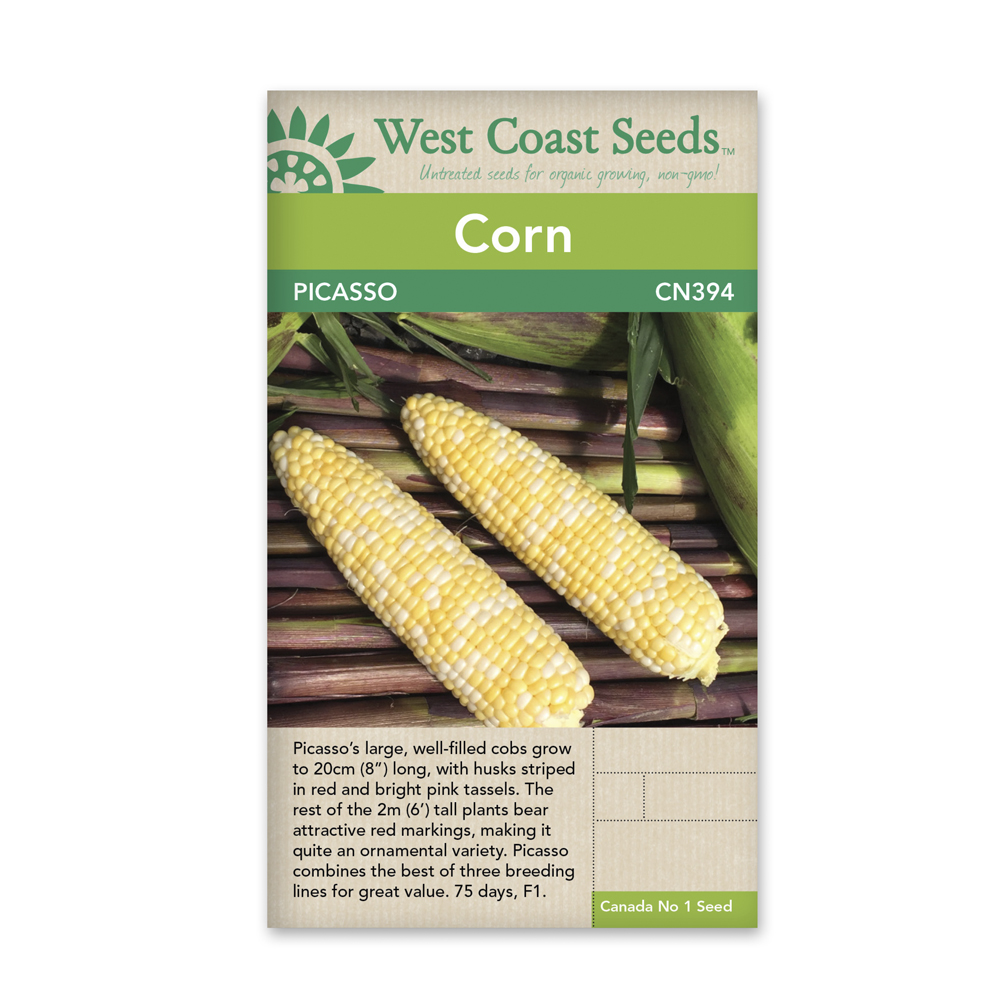
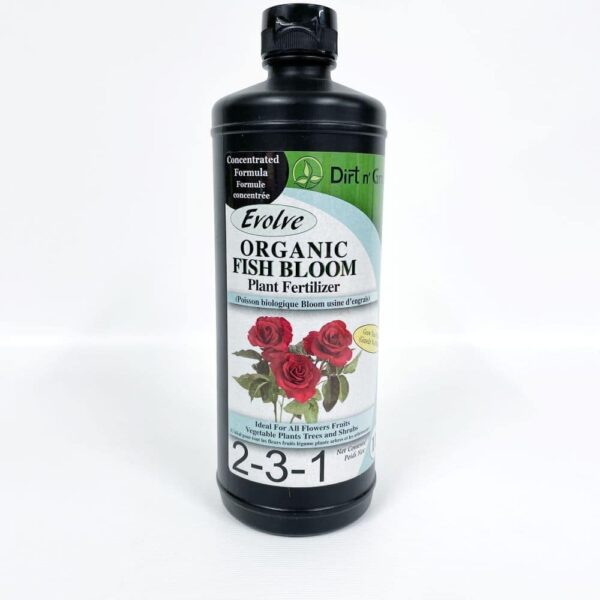
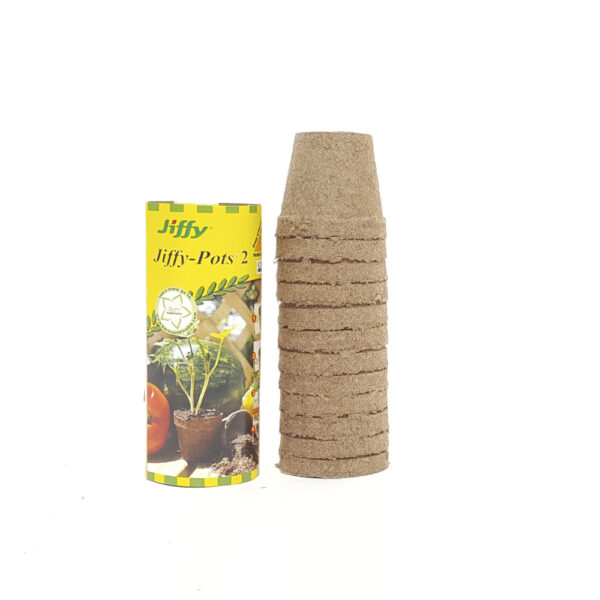
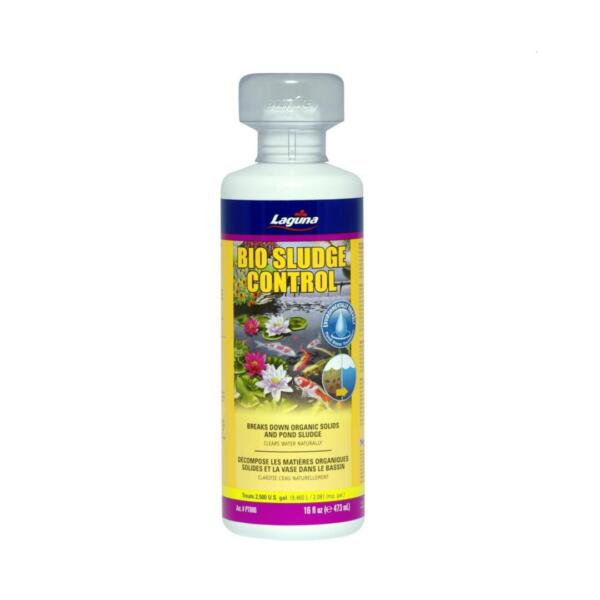
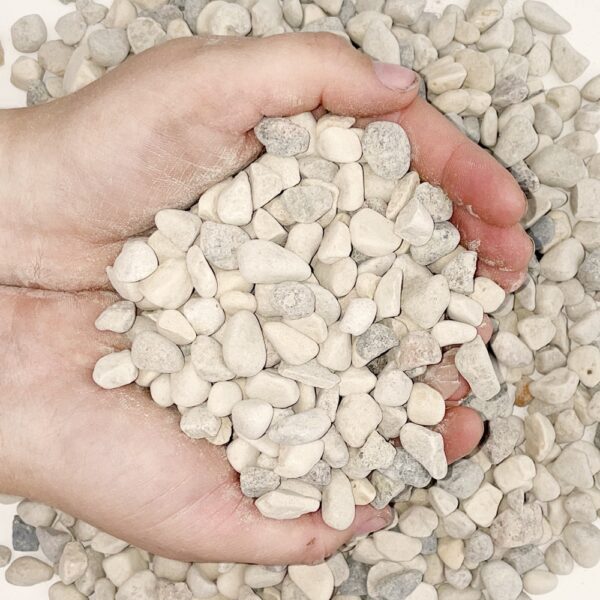
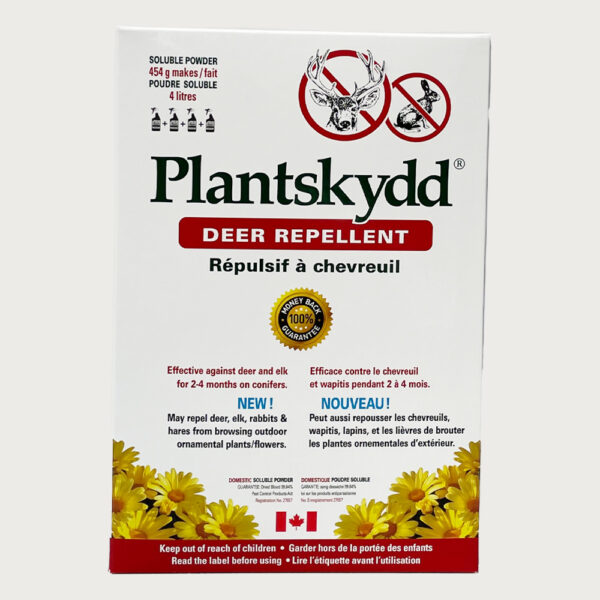
Reviews
There are no reviews yet.